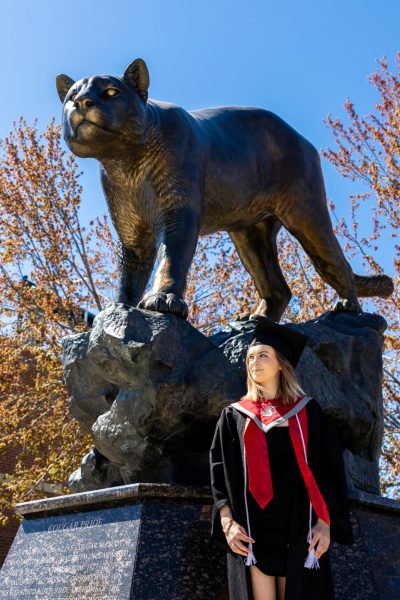First biofueled flight travels from Seattle to DC
WSU research contributed to the first flight to use biofuel, consisting of woodstock from branches, stumps and treetops left over after timber harvest and forest thinning.
November 18, 2016
The first biofuel-powered flight arrived in Washington, D.C., from Seattle on Nov. 14, using 1,000 gallons of wood feedstock.
Alaska Airlines flight No. 4 carried more than 160 passengers, including several elected officials, across the country using a mixture of 20 percent woodstock biofuel and 80 percent petroleum fuel, said Ralph Cavalieri, executive director for the WSU-led Northwest Advanced Renewables Alliance (NARA).
He said the biofuel went through testing by an international standards organization to make sure it was acceptable as jet fuel, he said, and it was tested and certified again after it had been blended with regular jet fuel.
“The fuel never would have made it in if it wasn’t safe,” Cavalieri said. “We knew it was going to fly great.”
He said they have been researching how to create a woodstock-based biofuel for five years with a $40 million grant from the U.S. Department of Agriculture’s National Institute of Food And Agriculture, and they began to create the fuel in January.
Cavalieri said NARA wanted to “explore in depth the details of how you go from a slash pile in the forest … and turn it into jet fuel and other products.”
He said they used branches, stumps, and treetops leftover after a timber harvest or forest thinning, called a slash pile, to create the biofuel. First they cooked the wood down to cellulose, and shortly after added enzymes to it to break it down into constituent sugars. He said they then sent the cellulose off for fermentation.
After fermentation, Cavalieri said they sent the cellulose to GEVO, a biofuels company in Colorado, to be further processed and purified to create the final product, woodstock biofuel.
The NARA used this project to explore if this was a sustainable process, Cavalieri said, and how it impacted rural communities. He said the project also aims to provide an opportunity to educate the general public and students K-12 about biofuels.
He said the team learned about making the materials up-to-scale and preparing for the demonstration flight.
“When you’re in a lab like that, you don’t worry about how much energy it will take,” Cavalieri said. “When you get into a process, making a thousand gallons, little things become big challenges.”
NARA spokesperson Ann Goos said this project was about proving that woodstock biofuel could be used to power a jet plane, but they are also looking to the future, hoping to create jobs and clean energy simultaneously.



















